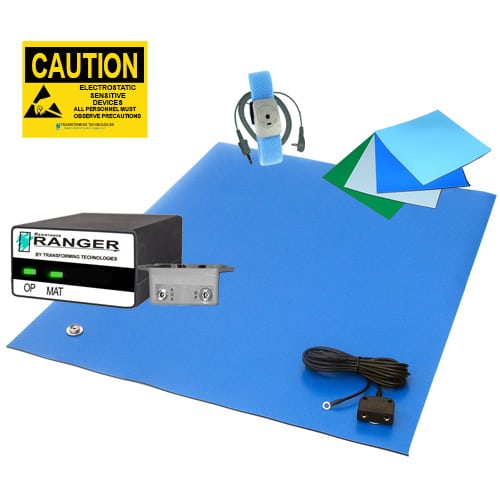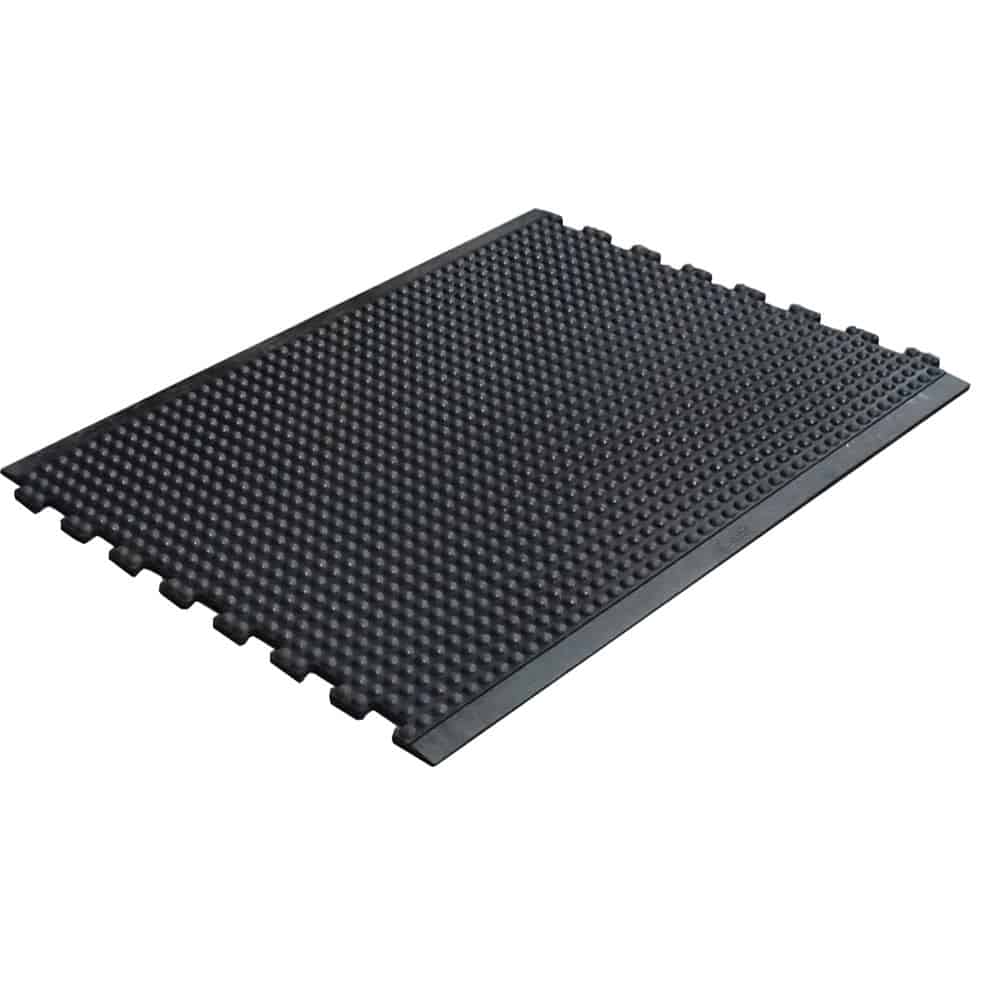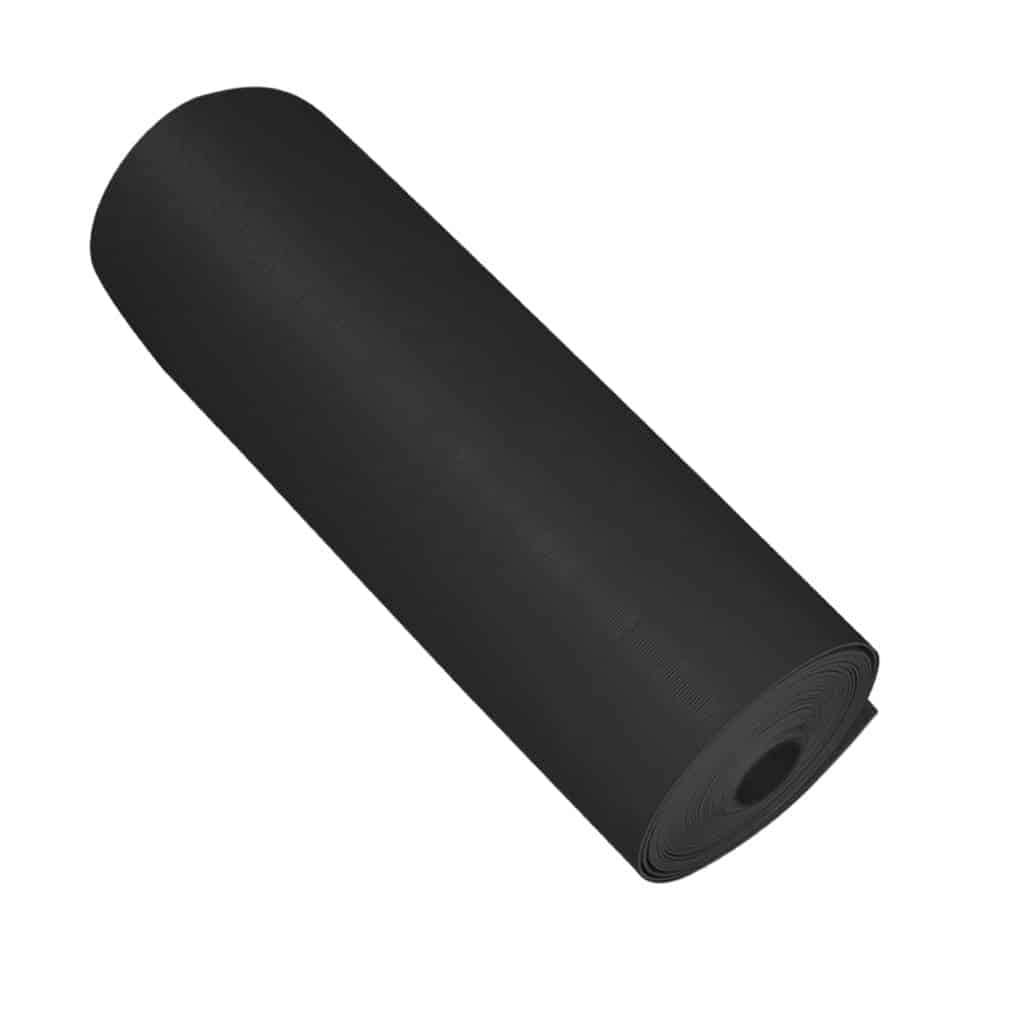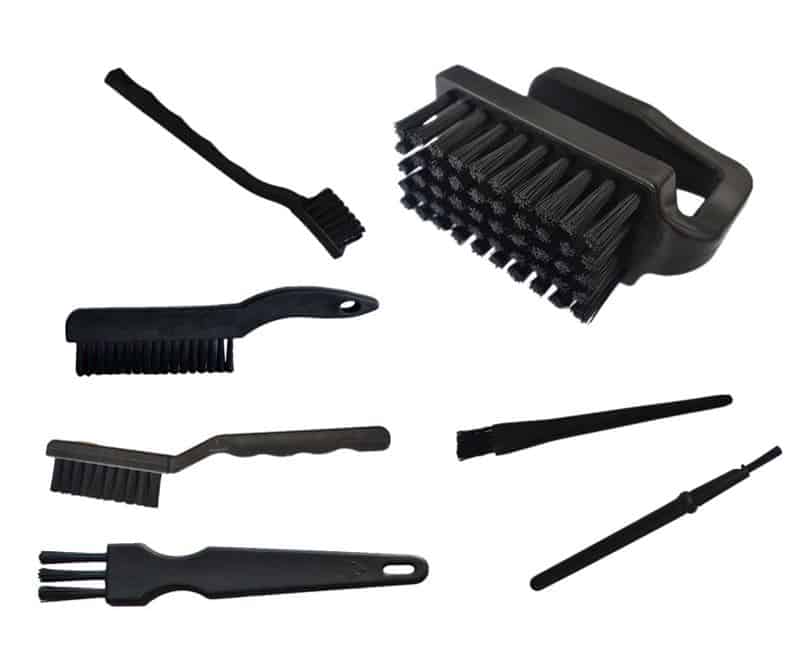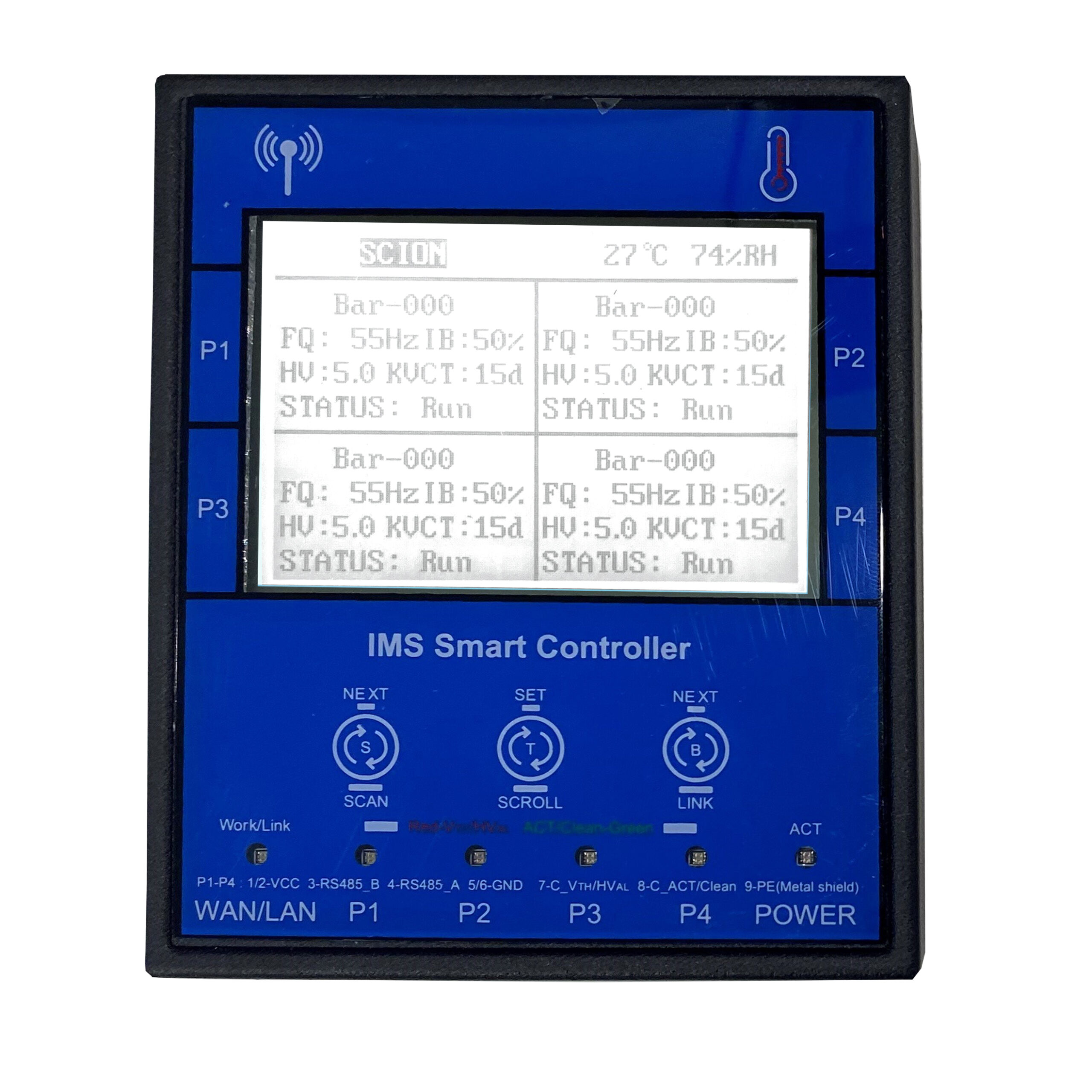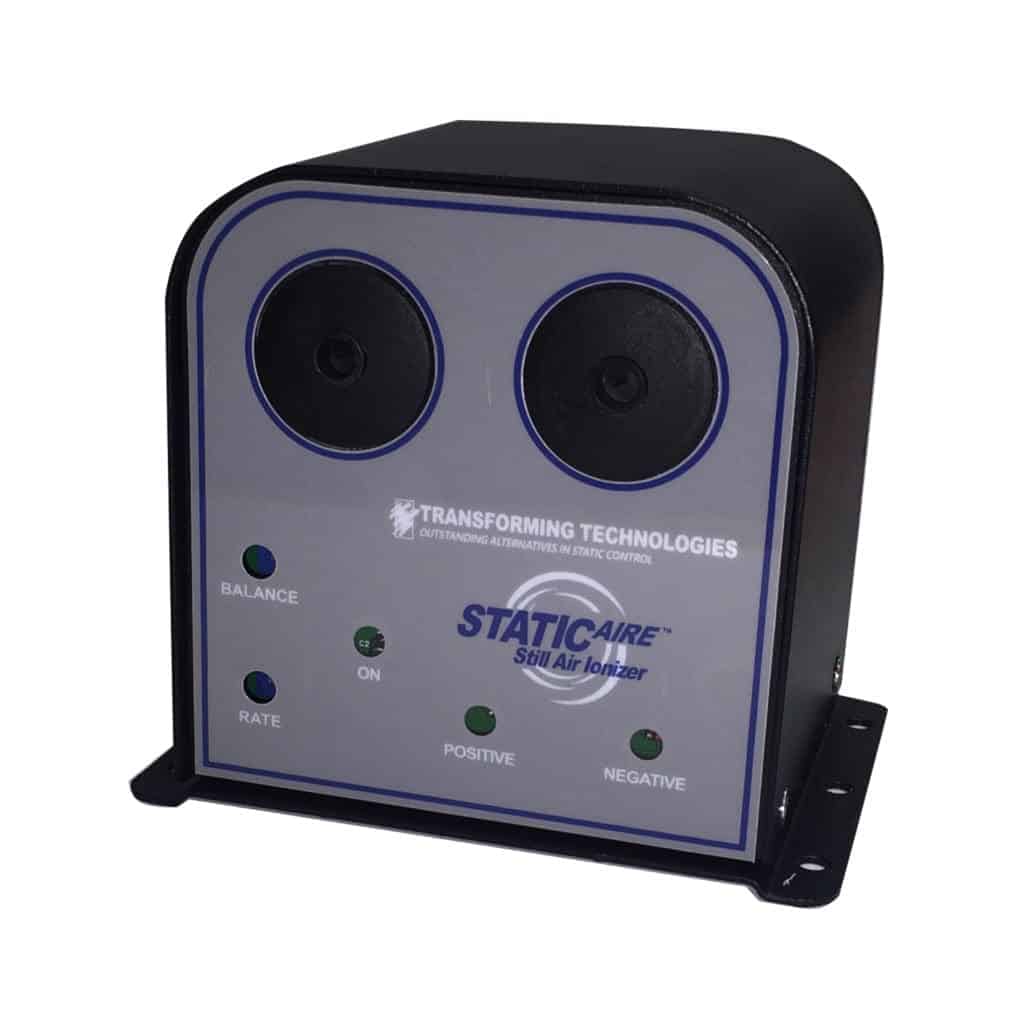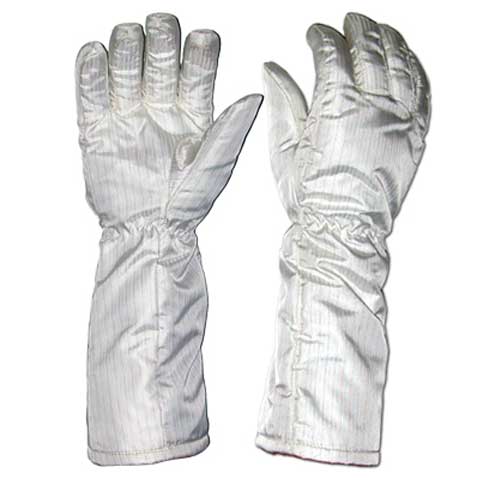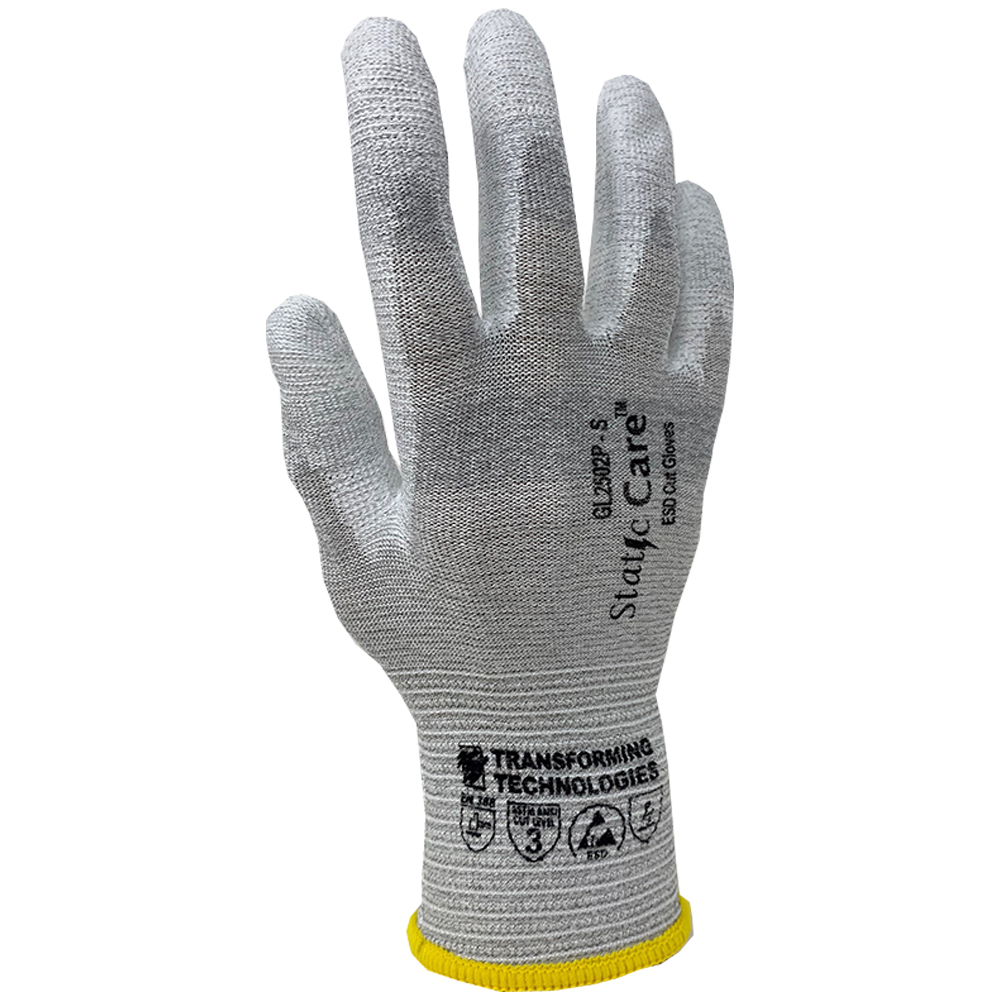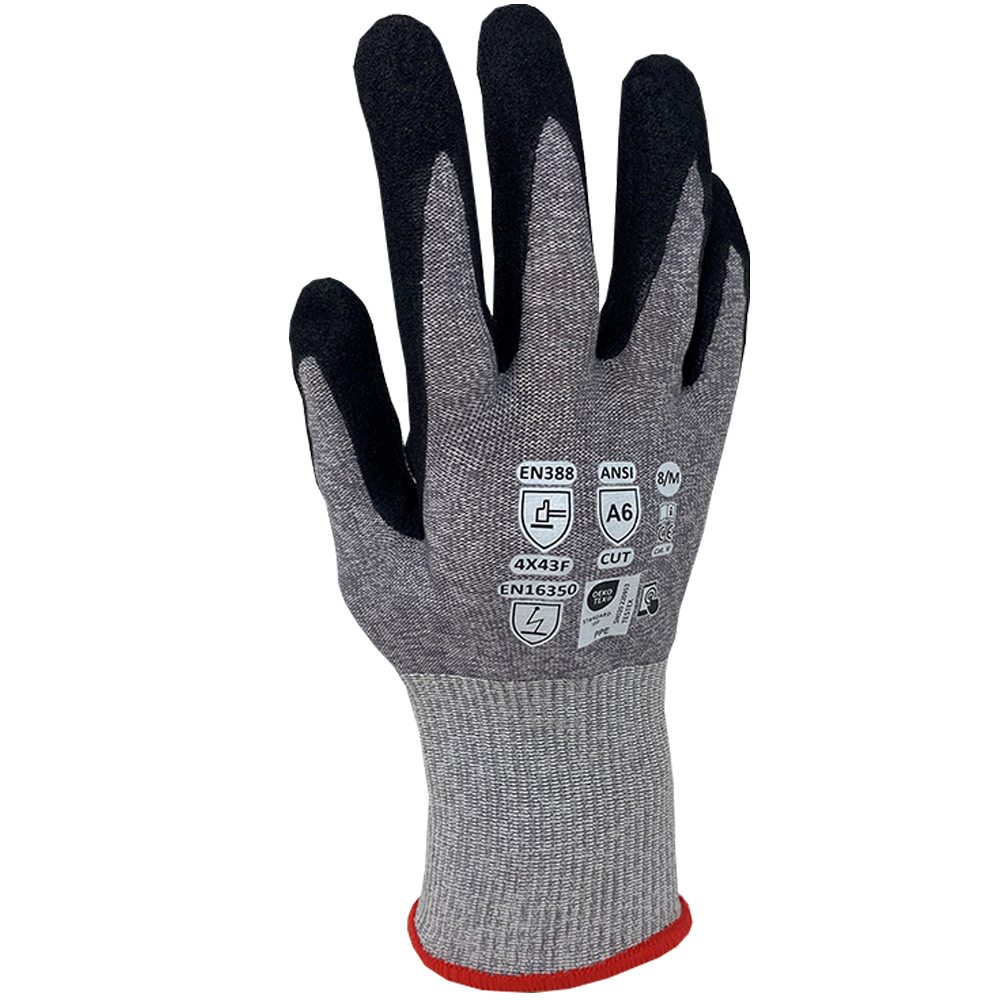Painting
The painting industry involves the application of various types of coatings, paints, and finishes to surfaces for protection, aesthetic enhancement, and functional purposes. This industry includes a wide range of applications such as automotive painting, industrial coatings, furniture finishes, architectural coatings, and protective coatings for machinery or equipment. The painting industry focuses on processes that involve the preparation of surfaces, the application of paint, and the curing or drying of these coatings.
The painting industry uses anti-static products because static electricity can pose significant challenges during the painting process, especially when applying coatings to delicate or sensitive surfaces. Static electricity can attract dust, dirt, and debris to painted surfaces. This is especially problematic in environments where a smooth, flawless finish is desired. In painting processes, static electricity can cause particles in the air to stick to wet or drying paint, leading to defects in the finish, such as contamination, streaks, or blemishes. In some painting techniques, such as spray painting or electrostatic painting, static electricity is intentionally used to improve the adhesion of paint particles to the surface. However, excessive static can cause unwanted effects, such as uneven coating distribution or paint splatter. Proper static control is important to ensure a smooth and even application. The painting industry often uses flammable solvents, aerosols, and chemicals. Static discharge in these environments can create sparks, leading to potential fire or explosion hazards, especially in areas where the presence of volatile chemicals or flammable materials is high. Anti-static products help mitigate this risk by safely dissipating static charges. Static electricity can disrupt the consistency and uniformity of the paint application. Uneven static charge levels can cause paint droplets to clump together, leading to irregular coverage. Controlling static in the environment helps ensure that the paint is applied evenly and smoothly, resulting in higher-quality finished products.
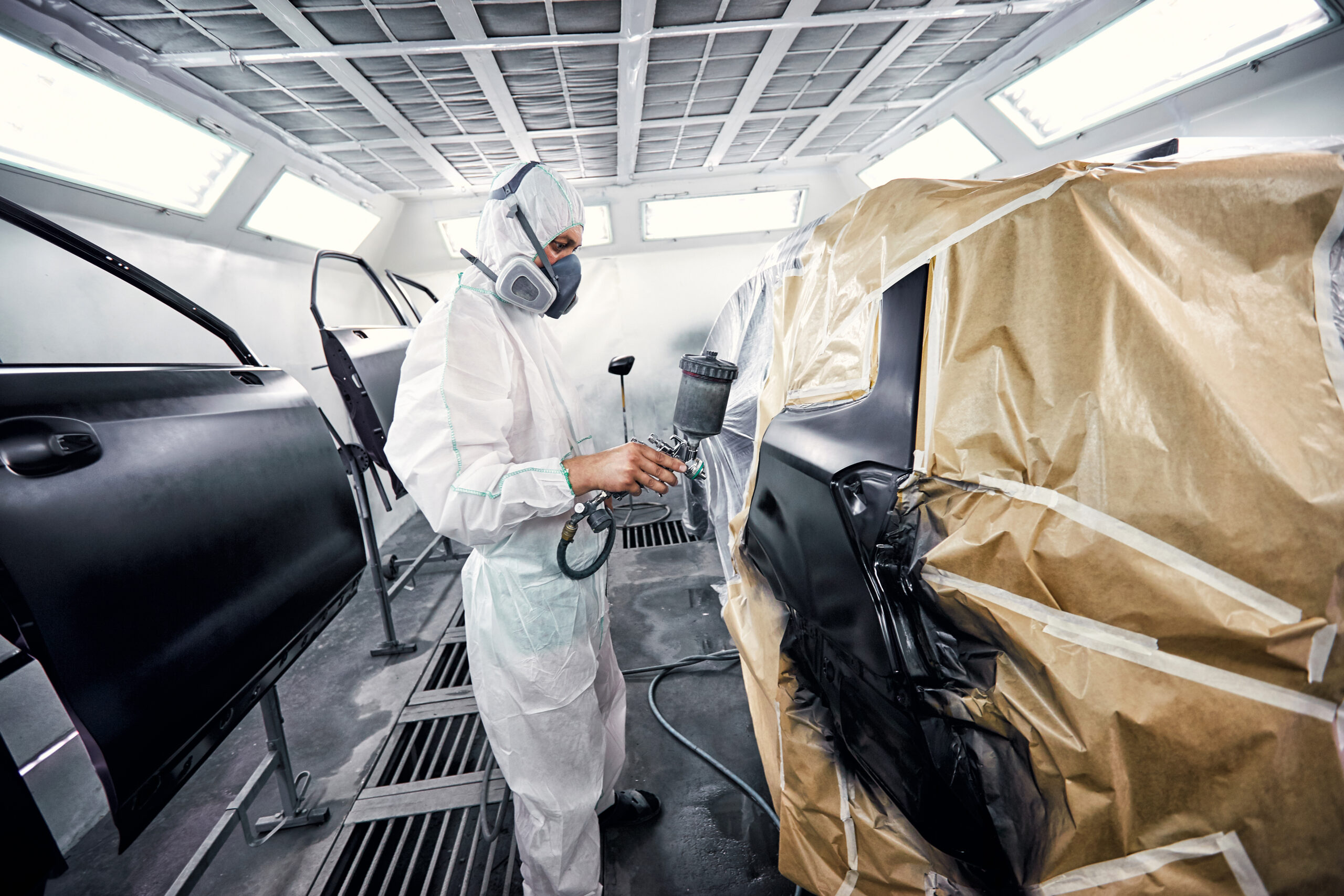
The painting industry uses a range of anti-static products to manage and control static electricity. Some of the most common anti-static products include:
Anti-Static Mats
Anti-static mats are commonly placed on workbenches, painting stations, or other surfaces where painting and coating operations are carried out. These mats help dissipate static charges that could interfere with the paint application or attract dust and debris to the painted surface.
Anti-Static Brushes
Anti-static brushes are used to clean surfaces and tools without generating static electricity. These brushes are often made with conductive bristles that help neutralize static charges while removing dust or debris from the surfaces that are about to be painted. They help ensure that the surfaces are clean and static-free before applying a coating.
Ionizing Air Blowers or Guns
Ionizers are used to neutralize static electricity in the air or on surfaces. In painting environments, especially in areas where spray painting is performed, ionizers help eliminate static buildup, reducing the attraction of dust and particles to the surface being painted. They also help prevent static-induced defects by ensuring an even charge distribution in the air, which is critical for maintaining a smooth finish.
Static Dissipative Gloves
Anti-static gloves are worn by workers handling delicate surfaces or applying coatings to prevent the transfer of static electricity from their hands to the painted surface. These gloves help protect against static damage, contamination, and ensure consistent quality during the painting process.
ESD Apparel
Workers in painting environments often wear anti-static clothing, such as smocks, coveralls, gloves, and shoe covers, made from materials designed to dissipate static charges. These garments reduce the likelihood of static buildup on workers' bodies, which can otherwise transfer to painted surfaces, potentially leading to defects or contamination.
Have more questions? Reach out to us and we will be happy to assist!

